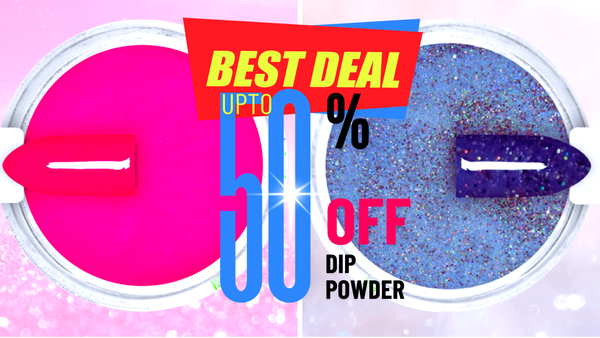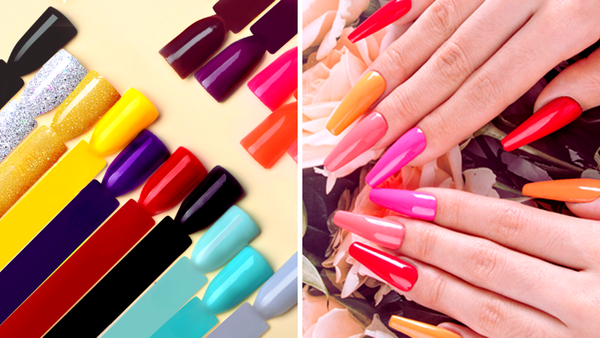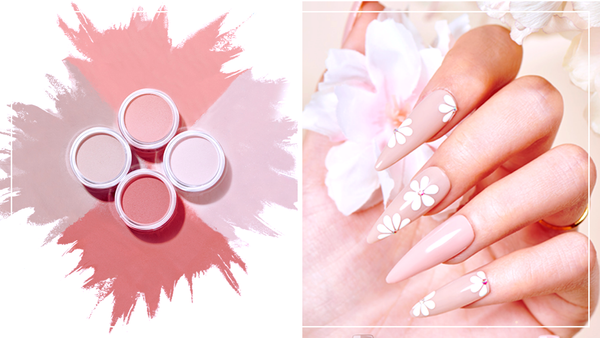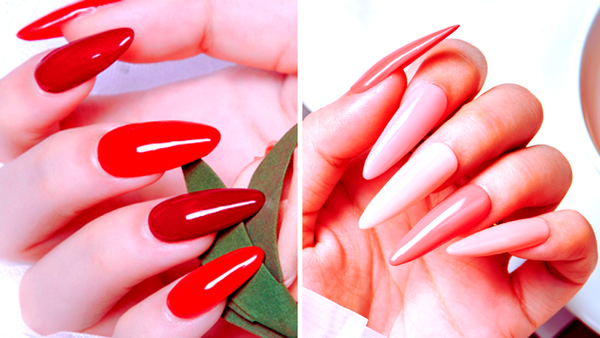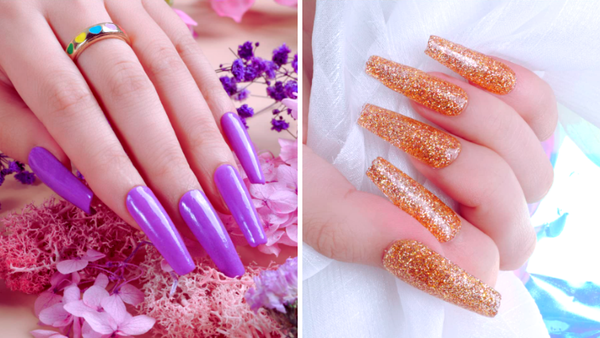Key Takeaways:
- Learn the safest and most effective methods for removing dip powder nails.
- Discover how to maintain nail health while removing dip powder manicures.
- Understand the importance of using the right materials and techniques for dip nail removal.
Dip powder nails have become a popular alternative to traditional nail polish and gel manicures due to their durability and the variety of designs they offer. However, when it comes to removing them, the process can be a bit more complex than simply swiping your nails with nail polish remover. This comprehensive guide will walk you through the steps on how to remove dip powder nails safely and effectively, ensuring that your natural nails remain healthy and undamaged.
Preparing Your Nails for Removal
Before you begin the removal process, it's important to prepare your nails to minimize damage. Start by washing your hands thoroughly and drying them. Then, gently buff the shiny topcoat layer off each nail using a nail file. This will allow the acetone to penetrate the dip powder more effectively.
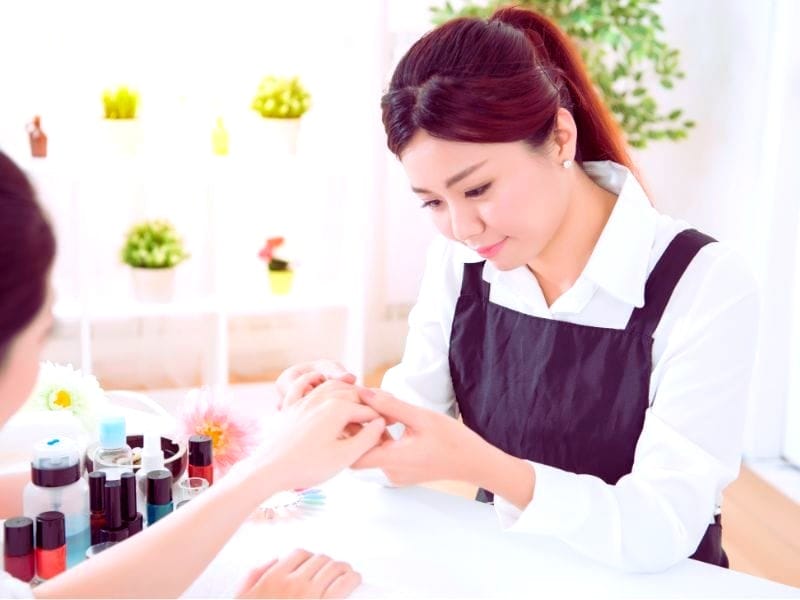
Gathering the Necessary Materials
To remove dip powder nails, you'll need a few key items: pure acetone, cotton balls, aluminum foil, a nail clipper, a metal cuticle pusher, and cuticle oil. Make sure you have these materials on hand before you start the removal process to ensure a smooth and efficient experience.
The Acetone Soak Method
The most common and effective method for removing dip powder nails is the acetone soak. Begin by soaking a cotton ball in pure acetone and placing it on the nail. Then, wrap each nail with a small piece of aluminum foil to secure the cotton ball in place. Leave your nails wrapped for about 10-15 minutes.
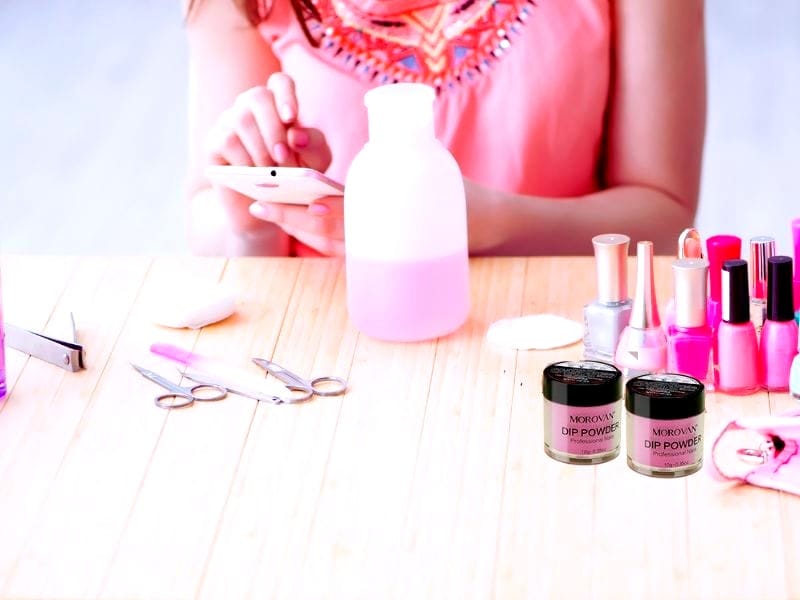
Gently Scraping Away the Dip Powder
After the acetone soaks, the dip powder should have softened significantly. Use a metal cuticle pusher to gently scrape away the remaining polish. Be careful not to press too hard to avoid damaging the nail bed. If some powder remains, you may need to soak your nails for an additional few minutes.
Caring for Your Natural Nails Post-Removal
Once all the dip powder has been removed, it's crucial to care for your natural nails. Wash your hands to remove any acetone residue, and then apply cuticle oil to rehydrate your nails and cuticles. This step helps to restore moisture and prevent brittleness.
Alternative Removal Methods Without Acetone
If you prefer to avoid using acetone, there are alternative methods, such as using a mixture of white vinegar and hot water or applying a paste made from baking soda and coconut oil. These methods may take longer and require more effort, but they are gentler on the nails.
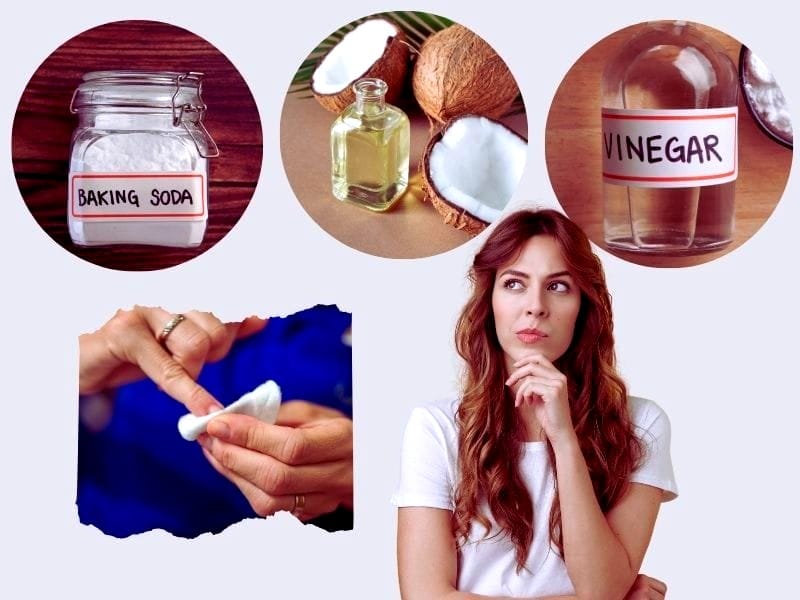
Exploring the Efficacy of Baking Soda in Dip Powder Removal
Have you ever considered using baking soda as a gentle alternative in the dip powder removal process? This common household item can be a game-changer for those looking to avoid harsh chemicals. By creating a paste with baking soda and a bit of water, you can apply it to your dip powder nails and let it sit for a few minutes. The alkaline nature of baking soda helps to break down the adhesive properties of the nail glue, making it easier to remove dip powder nails without causing excessive damage to the natural nails.
In addition to its nail-friendly properties, baking soda is a cost-effective solution for at-home dip nail removal. After applying the paste, use an orange stick or a metal cuticle pusher to gently scrape away the loosened dip powder. This method can be particularly useful for those who have sensitive skin or allergies to acetone. It's important to note, however, that while baking soda can aid in the removal process, it may require more patience and effort compared to traditional methods involving an acetone-soaked cotton ball.
The Significance of Nail Hydration During Dip Powder Removal
Hydration isn't just crucial for your skin; it's a game-changer for your nails, especially when you're figuring out how to remove dip powder nails. When nails are dehydrated, they become brittle and more susceptible to damage during the removal process. Before you even start removing dip nails, it's wise to soak your nails in a bowl of warm water mixed with a few drops of coconut oil or cuticle oil. This preliminary step can significantly minimize the risk of nail beds drying out and ensures that your natural nails remain strong and resilient. Hydration is key when it comes to maintaining healthy nails after removing dip powder. In addition to cuticle oil, consider using a hydrating hand cream or facial bar to keep your skin and nails moisturized.
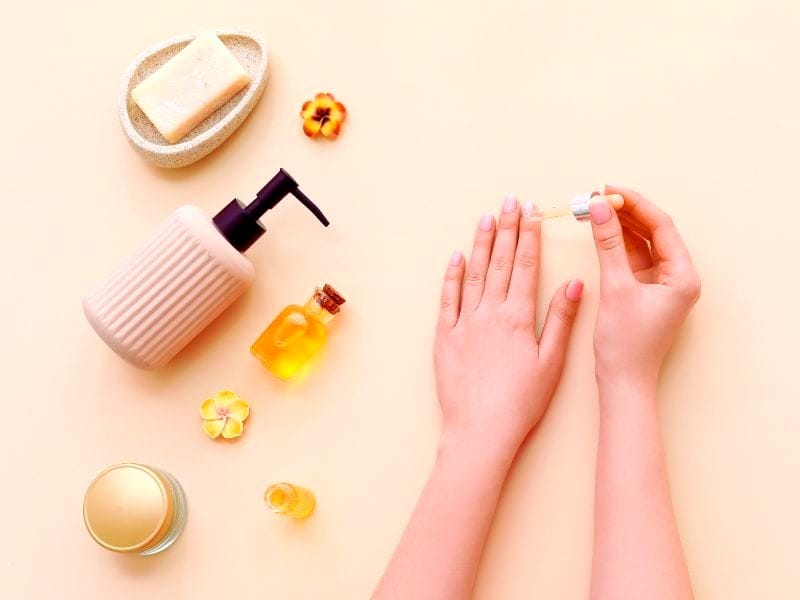
Innovative Techniques for Safely Removing Dip Powder Nails at Home
Are you tired of the same old acetone soak method? Let's explore some innovative techniques for safely removing dip powder nails at home. One such method involves using a more natural approach with white vinegar. Yes, you heard that right—white vinegar can help break down the adhesive properties of nail glue, making it easier to remove dip powder. Simply soak a cotton ball in a mixture of white vinegar and lemon juice, place it on your nails, and wrap it with aluminum foil. This method may take a bit longer than pure acetone, but it's gentler on your nails and skin.
Another technique that's gaining traction among DIY enthusiasts is the use of a facial bar or gentle soap. Start by soaking your nails in warm, soapy water to loosen the dip powder's grip. After a good soak, use an orange stick or a metal cuticle pusher to gently scrape the remaining polish. This method requires patience and a gentle hand to avoid damaging the nail bed. It's a testament to the fact that with a bit of creativity and care, you can safely remove dip nails without resorting to harsh chemicals, preserving the integrity of your natural nails.
The Role of Oils in Post-Removal Nail Care
Once you've successfully removed your dip powder nails, it's crucial to pay attention to the aftercare of your natural nails. Cuticle oil is an essential element in maintaining nail health post-removal. Massaging high-quality cuticle oil into the nail beds and cuticles can help to rehydrate and nourish the skin, which may have become dry or irritated during the removal process. Oils such as coconut oil or vitamin E oil can also be used to restore moisture and provide a protective barrier for newly exposed natural nails.
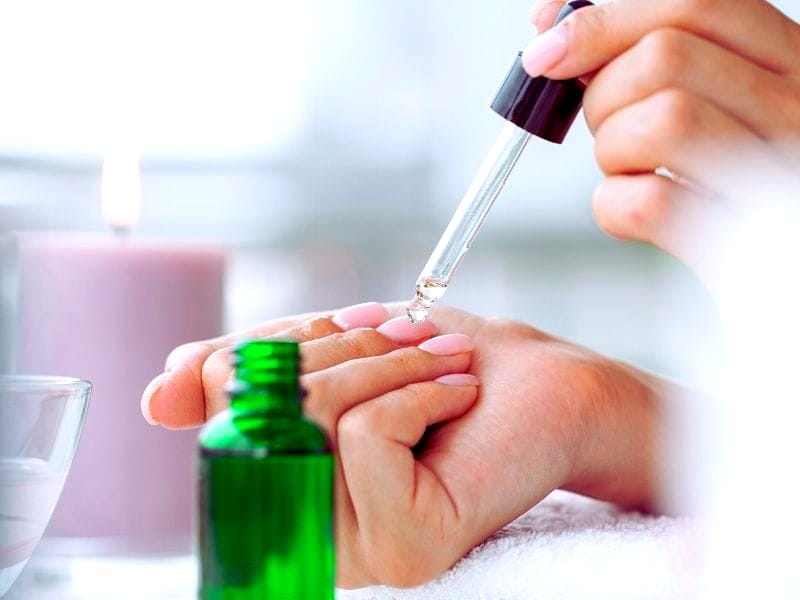
In addition to cuticle oil, consider incorporating other natural oils into your nail care routine. For instance, jojoba oil is known for its ability to deeply penetrate and repair damaged nail beds, while almond oil can soften the cuticles and improve overall nail strength. By regularly applying these oils, you can ensure that your nails remain hydrated and healthy, ready for the next dip powder manicure or any other nail treatment you choose. Remember, nail experts often emphasize the importance of hydration, so make it a part of your daily regimen to keep your nails looking their best.
Summary
Removing dip powder nails requires patience and the right technique to ensure your natural nails stay healthy. By following this step-by-step guide, you can safely remove dip powder nails at home using either acetone or alternative methods. Remember to hydrate your nails afterward and consult a nail expert if you're unsure about the process.
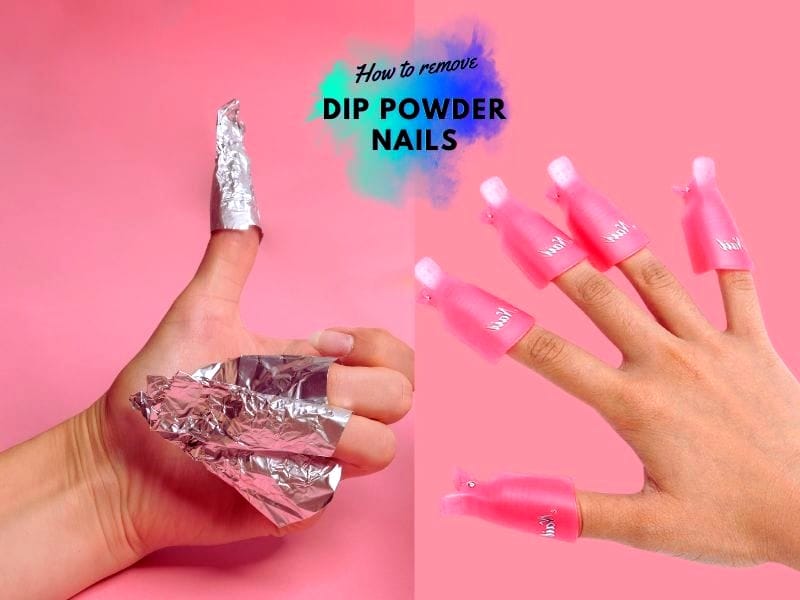
FAQ Section
How long should I soak my nails in acetone to remove dip powder nails?
Typically, you should soak your nails in acetone for about 10-15 minutes. However, the time may vary depending on the thickness of the dip powder.
Can I remove dip powder nails without using acetone?
Yes, you can use alternative methods, such as a mixture of white vinegar and hot water or a paste made from baking soda and coconut oil, although these methods may be less effective and take longer.
Is it safe to remove dip powder nails at home?
Yes, it is safe to remove dip powder nails at home if you follow the correct procedures and take care to protect your nail health. If you're unsure, it's best to consult a nail technician.




